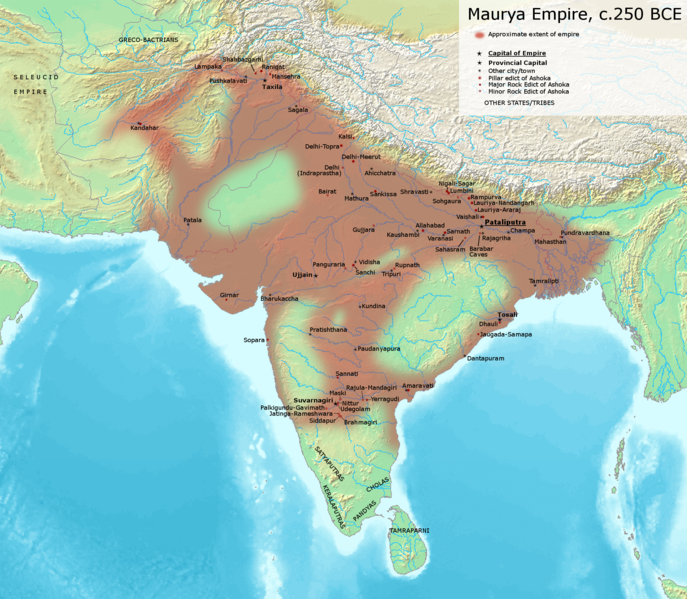

Translated, this means "the river of the Ais Indians". Their staple food was fish speared from the Indian River which was known to the Ais Tribe as the" Aysta-chatta-hatch-ee". Hunting and fishing were the chief occupational opportunities and since wildlife was in abundance, food was no problem. Many ornaments of stone, bone and shell have been found which would indicate that the women's wearing apparel was made of the skins of animals. The main garb of the Ais men was a breechcloth. Their small stature did not result in timidity, however, for all known accounts indicate that the Ais were very warlike and were great hunters and skilled in the use of the bow and arrow and other weapons. Physically, the Ais were small in stature in comparison with the average contemporary American Indian.

It was here that the village chief enacted village laws and ruled and judged his tribe. In his house was a seat of honor and other places where his second in command and advisors were stationed. The largest house in each village belonged to the chief and it was usually located in the center of the village. They lived in crude and flimsy wooden frame structures that were completely covered with palmetto leaves.
#Warlike indian tribes series#
The tribe consisted of a series of small villages each commanded by its own village chief. The Ais tribe was loosely grouped with the Indian tribes of the southern half of Florida. The beach area was the normal winter habitat but with the coming of summer and the ever present mosquito, the Indians would migrate to the higher mainland ridges.

The Ais lived in small nomadic bands and chose various prime locations along the Indian River to make camp. The Ais Indians were aboriginal and should not be confused with the Seminole Indians of a later date. These early inhabitants were named Ais or Ays (Ah-es) by the first Spanish explorers. Titusville, Florida Centennial - 1867-1967Ībout the year 1,000 B.C., a peculiar tribe of Indians settled in the general Brevard area.


 0 kommentar(er)
0 kommentar(er)
